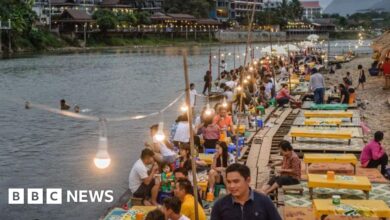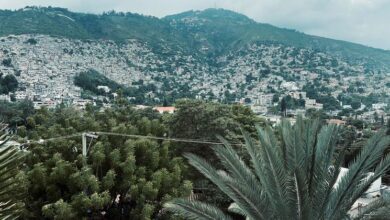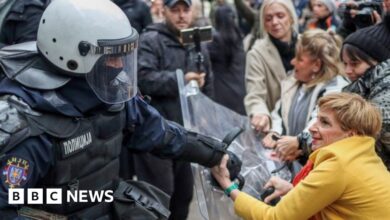They went into space for eight days.
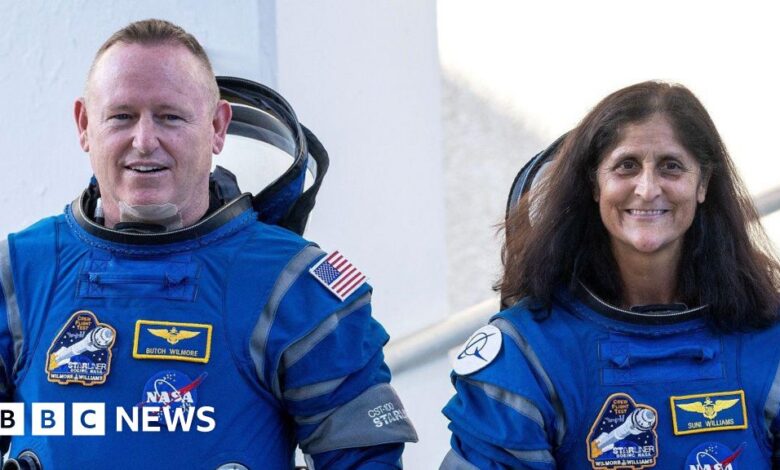
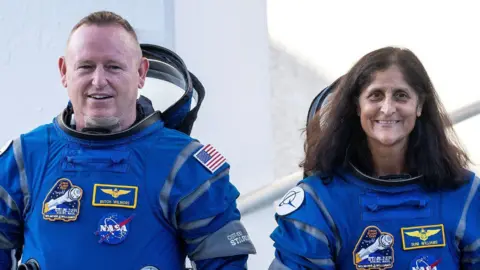 United States Environmental Protection Agency
United States Environmental Protection AgencyWhen two American astronauts launched a test mission to the International Space Station on June 5, they were expected to return home in just a few days.
But things didn’t go as planned.
In fact, Barry “Butch” Wilmore and Sunita Williams were still there, hovering high above the Earth nearly two months later.
The couple – who are stuck indefinitely – now face the sudden prospect of missing out on the entire summer and even having to spend Christmas and New Year in space.
Mr Wilmore, 61, and Ms Williams, 58, rode a Boeing Starliner spacecraft to the station. It was the first flight with humans on board and a test designed to see how the new spacecraft would perform before being used more regularly.
However, problems arose as it approached. These included leaks in the propulsion system and some of the thrusters failing.
So while they made it safely to the space station, they’ll need an alternative means of transportation to get home if the Starliner isn’t deemed safe to return to Earth.
At a press conference Wednesday, NASA officials said no firm decisions have been made about next steps.
“Our primary option is to return Butch and Suni to Starliner,” said Steve Stich, director of NASA’s Commercial Crew Program. “However, we have done the planning necessary to ensure other options are available.”
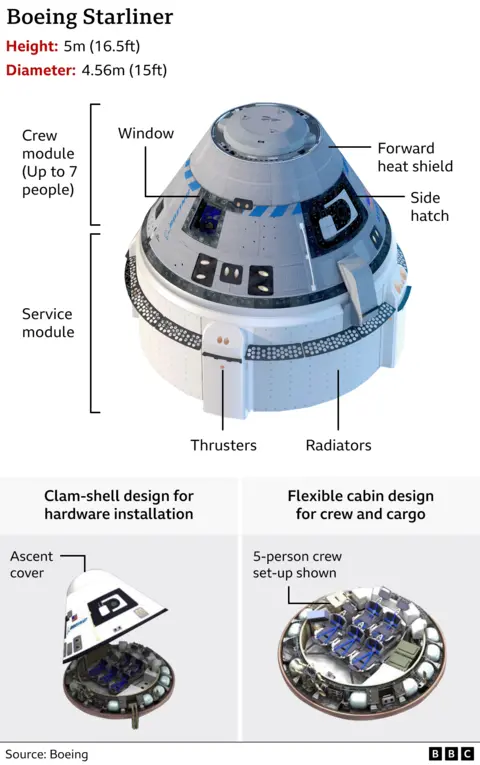
One potential option being considered, they said, is to send two astronauts on a mission scheduled to launch in September and return them to Earth on that mission in February 2025.
The flight to the space station will be made on the SpaceX Crew Dragon. The initial plan is to have four crew members on board, but two seats can be left empty if needed.
That plan would mean astronauts would spend more than eight months – instead of eight days – on the International Space Station.
If Crew Dragon is used, the Starliner will return to Earth without a crew, under computer control.
NASA officials said it could take a week or more to make a final decision.
Ken Bowersox, NASA’s director of space operations, told reporters that the likelihood of the Starliner returning without a crew “has increased a little bit based on developments over the last week or two.”
“That’s why we’re taking a closer look at that option to make sure we can handle it,” he said.
Using a SpaceX spacecraft to bring astronauts back would be a major blow to Boeing, which has spent years trying to compete with the company and its more experienced Crew Dragon crew.
Earlier this week, NASA used a SpaceX rocket to deliver more food and supplies to the ISS, including spare suits for two astronauts.
Last month, in a brief press conference, the couple said they were “absolutely confident” about the return trip and that the Starliner was “really impressive.”
Ms. Williams is a retired Navy helicopter pilot, while Mr. Wilmore is a former fighter pilot who has flown into space twice.
“We’ve been very busy here, integrating right into the crew,” Williams told reporters at a recent press conference.
“It feels like coming home. It feels great to float. It feels great to be in space and working here with the International Space Station team,” she said. “Yeah, it feels great to be here.”
Boeing hopes the first Starliner mission will pave the way for regular use of its shuttle for missions to and from the station. The SpaceX Crew Dragon has been approved for NASA missions since 2020.
Although astronauts will spend more time in space than originally planned, others have spent more time on the surface of Earth. Russian Valeri Polyakov spent 437 days in space on the Mir space station in the mid-1990s.
Last year, Frank Rubio returned from the ISS after 371 days, the longest time an American has spent in space.
In press conferences and interviews, the two Americans have been upbeat about their situation. “I’m not complaining that we’re here for a few more weeks,” Williams said last month.
At the current rate, the couple may stay here for several more weeks.



